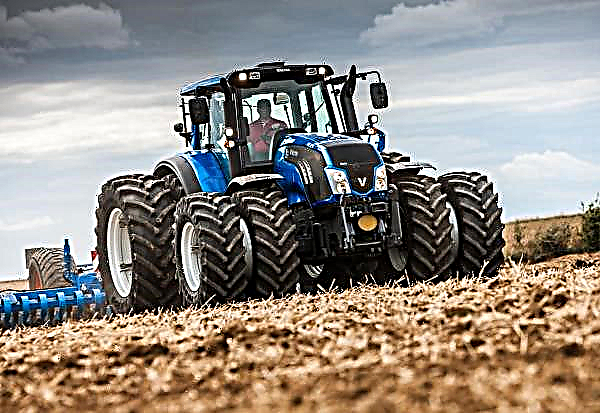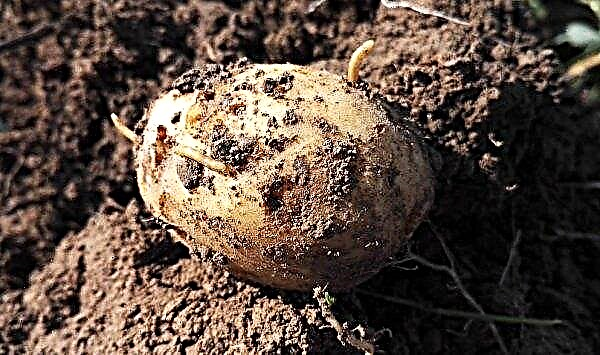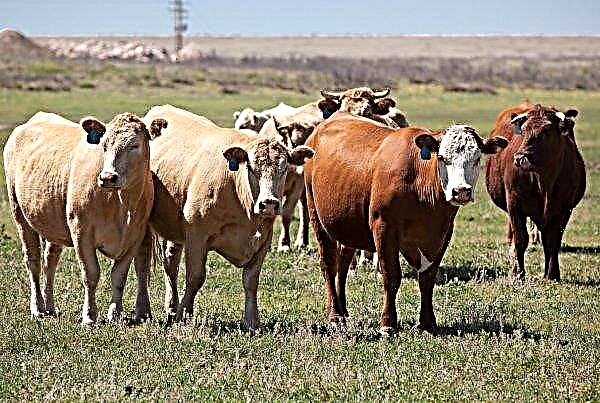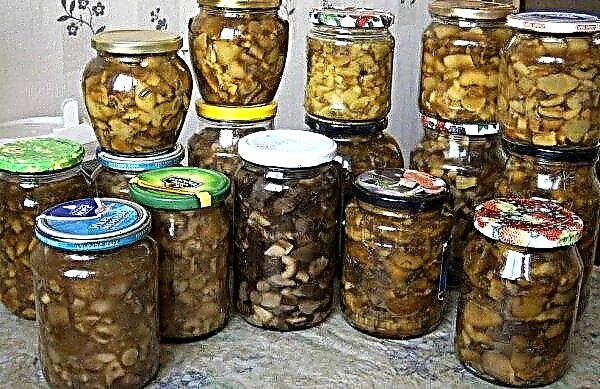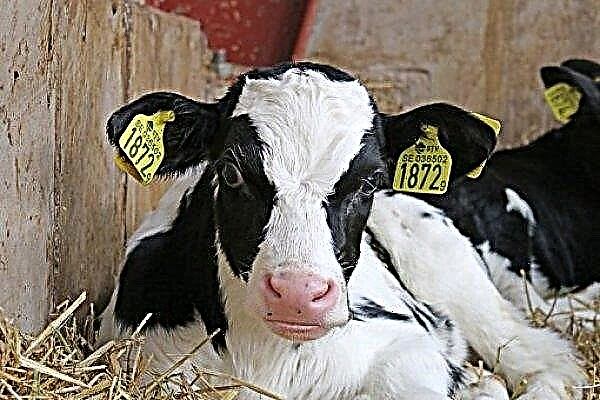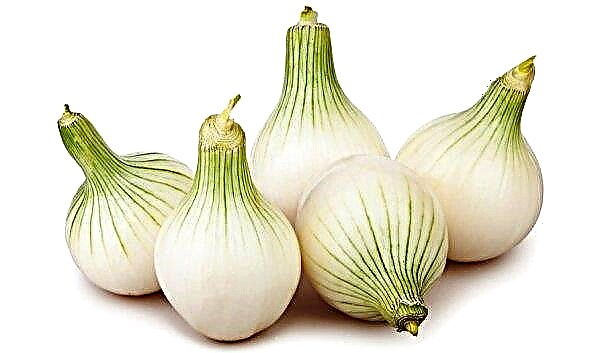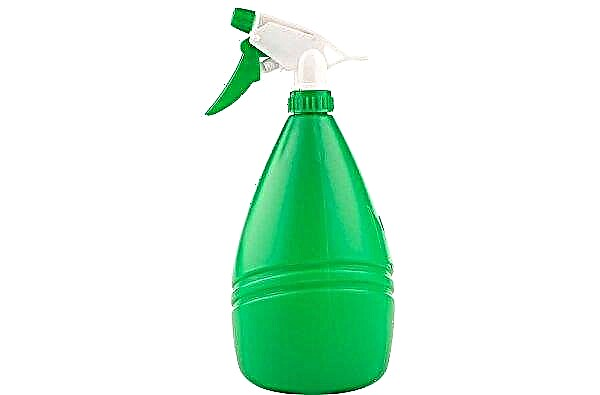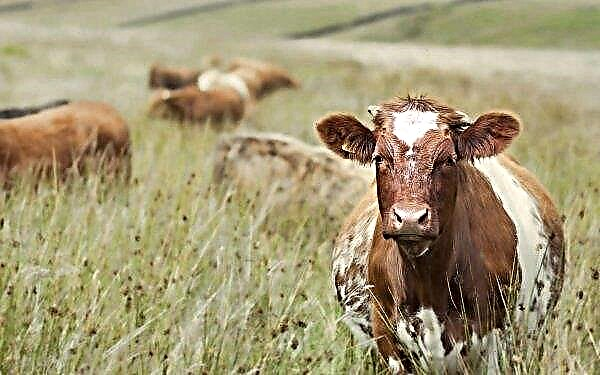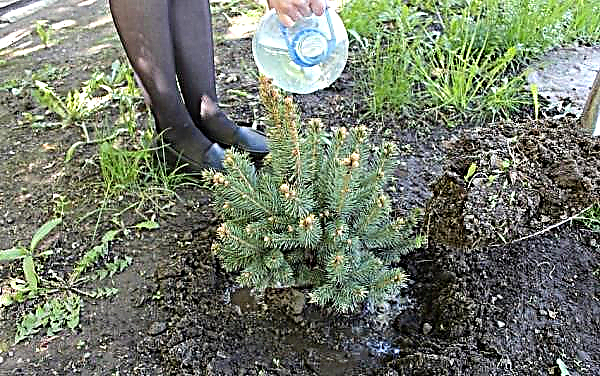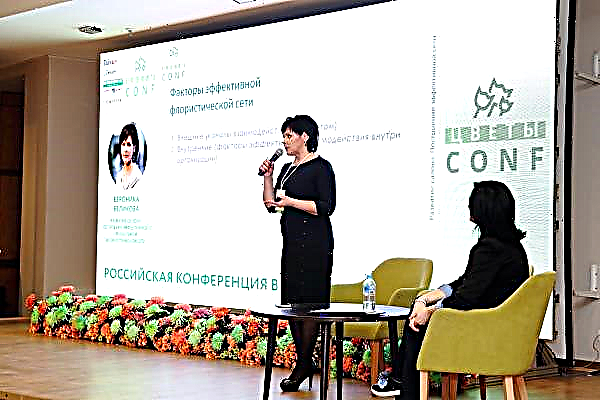Breeding chickens at home is a painstaking but worthwhile process. However, it is far from always possible to breed chickens with a brood hen. Increasingly, poultry houses are resorting to the use of an incubator, and after the birth of birds the need arises to choose the right conditions for their life. Birds are susceptible to climatic environmental conditions, so that they normally develop, it is necessary to strictly observe the rules for heating the brooder or the room in which they are located.
You will learn about which lamps to use to ensure favorable climatic conditions for chickens from this article. We will also talk about how to correctly install different types of lamps, and how they differ among themselves so that you can choose the most suitable option for you.
Chicken Regime Requirements
Light and temperature conditions are very important to maintain in the first month of life of the chicken. Devices used by experienced poultry houses are often multifunctional: they provide light to the chickens and at the same time warm them.
In the first five days of the life of the chicks it is necessary to maintain a temperature of 30 ° C. To ensure that the indicators remain stable, you can observe with the help of a screen, which is slightly above the level of the litter of the brooder. On the sixth day of the life of the chicks, you can reduce the air temperature by one degree. In the next four days, it is also necessary to gradually reduce the temperature so that on the tenth day of life, the chicks feel good at a temperature of +26 ° C.
On the sixth day of the life of the chicks, you can reduce the air temperature by one degree. In the next four days, it is also necessary to gradually reduce the temperature so that on the tenth day of life, the chicks feel good at a temperature of +26 ° C.
After this, the temperature decreases weekly by 3-4 ° C. During this period, it is important to observe the behavior of the chickens: they should not be overheated or supercool. Both of these conditions negatively affect the development of chickens, contribute to the weakening of their immunity, and in some cases even lead to death.
On the 30th day of life, chickens should get used to lowering the temperature and feel comfortable at an ambient temperature of +18 ° С. From this moment, the temperature drop must be stopped and adhered to an indicator of +18 ° С - deviation of these indicators towards a colder climate is harmful to small birds.
Important! After hatching, it is important to ensure that the air temperature remains stable over the next five days, without increasing or decreasing. The minimum temperature during this period is +29 ° C. Otherwise, the chicks may not be strong enough and develop more slowly.
Humidity should also be monitored. The brooder or the space in which the chicks live should be ventilated, but not create drafts. The humidity level should vary from 60 to 70%. Deviations from these indicators in the early stages of the life of the chicks can have a negative impact on their further development.
Another factor that directly affects the development of chicks is lighting. With the help of a light device, chickens will learn how to navigate in space, will be able to independently obtain food and water from feeders and drinkers.
The presence of a permanent lighting device prevents the occurrence of stress in feathered babies, and vaccination during lighting will be much easier, calmer.
Also, long daylight hours will negatively affect the formation of immunity in chicks. At night, in small birds, the formation of bone tissue is activated, the calcium metabolism in the body also changes. These two points are necessary for chickens to form a strong immune system. Reducing the daylight hours for chicks, you can cause stimulation of their active growth. To do this, you only need to reduce daylight hours by half an hour weekly.
Reducing the daylight hours for chicks, you can cause stimulation of their active growth. To do this, you only need to reduce daylight hours by half an hour weekly.
Reducing daylight hours for chickens slows down the process of puberty of birds, so some poultry farmers prefer to abandon such changes in the mode of day of birds.
However, we assure you that there is nothing to worry about: the chickens will not mature soon, but all of them will have excellent health, and the grown chickens will subsequently be able to delight you with large eggs with a stronger shell.
In order not to leave the light always on and adjust the day mode for feathered babies, you can select the lighting mode for any of the lamps. There is a mode in which there will be only one pause so that the chickens can sleep. There are those where there are two or three pauses. The mode you choose yourself, depending on your needs.
Important! Never leave the light on at all. A long daylight hours will cause the chickens to be depleted of the body and nervous system, they will become more aggressive and may begin to bite each other. Sometimes such aggression of the chicks leads to death.
Lamps for heating
Often, poultry farmers use brooders with a warm floor to heat newborn chickens - this ensures uniform heating of the chicks' home, but the cost of such a heater is quite high. There is an option no less effective, but more economical and affordable. As you already know, fixtures for lighting chickens' homes often also have a heating function. Such a device is called a heat lamp. There are several varieties, each has advantages and disadvantages.
As you already know, fixtures for lighting chickens' homes often also have a heating function. Such a device is called a heat lamp. There are several varieties, each has advantages and disadvantages.
So that you can choose a lamp according to your wishes and needs, we will tell in more detail about the most common types of heating lamps and their features. It is noteworthy that you can install these heating lamps yourself, without resorting to the help of specialists.
Did you know? Sometimes, to maintain a microclimate in a brooder, poultry farmers use cotton-wrapped warmers and soft tissue to protect the chicks from burns.
Infrared
This option is best known and widely used by poultry farmers. When installing such a lamp, you need to know a few rules so that it is as safe as possible for chicks. So:
- Place the red lamp at a minimum distance of 40 cm from the brooder floor.
- There should be no flammable objects nearby.
- Feathered babies should not be able to get to the heating device, they can get burned.
 To make an infrared lamp yourself, you only need a bulb covered with a red film. Using this coating, electricity is converted into infrared radiation, which is considered one of the safest for birds.
To make an infrared lamp yourself, you only need a bulb covered with a red film. Using this coating, electricity is converted into infrared radiation, which is considered one of the safest for birds.Important! It is advisable to place at least two lamps in the brooder. If one of them burns out, the chickens will not lose their heat completely and will be able to crowd around a working device. It is especially important to use several lamps when you do not have the opportunity to devote a lot of time to feathered babies.
There is also a red ceramic lamp. Its feature is that it has a more solid construction and a high level of resistance to external influences.
- Advantages of red lamps:
- better than others emit thermal waves;
- energy saving;
- design reliability;
- warranty period of 5 thousand hours;
- have high power;
- good perception of light particles by chicks;
- the ability to use the lamp from the first days of the life of chickens;
- improve the appetite of chicks and positively affect their absorption of food;
- dry the litter;
- favorably affect the functioning of the immune system of chickens;
- contribute to maintaining a normal level of humidity in the brooder - excess moisture in the air evaporates when heated.

- The disadvantages of red lamps:
- the need for additional lamp protection - from moisture, chickens, physical damage;
- for a ceramic lamp special cartridges are required;
- unsafe for chicks in the absence of the necessary lamp protection.
Did you know? During the period when it is necessary to lower the ambient temperature, it is enough to raise the lamp higher. It is advisable to lift the device from the second or third week of the life of the chicks to a height of about 70 cm.
Fluorescent
This type of heating device is used much less frequently, especially for heating small chickens. Such lamps have their advantages, however, they do not always justify the negative effect of the lamp on the chicks.
- Advantages of fluorescent lamps:
- have a small cost;
- consume some electricity.

- The disadvantages of fluorescent lamps:
- high flicker frequency, causing irritation and aggressive reaction in feathered babies;
- intolerance of light particles by chicks provokes the formation of an unpleasant odor on the litter - in places where chickens hide from the light of a lamp.
LED
This type of heat lamps is preferred by farmers who have a large number of chicks on their farm, and there are objective reasons for this.
- The advantages of LED lamps include:
- economical energy consumption;
- normal perception of light by chicks;
- lack of toxicity;
- long warranty period;
- function of regulating the level of illumination;
- regulation of habits of chickens by changing the emitted spectrum.
- The disadvantage of LED lamps is:
- high price.
Combined
This kind of heating devices is quite widespread and many poultry farmers note its positive effect on chicks.
The advantages of combined lamps include:
- the presence of a red film, which makes the radiation infrared;
- radiation of ultraviolet rays, contributing to the disinfection of air and litter;
- a positive effect on the functioning of the nervous system of feathered babies;
- stimulation of the normal development of the internal organs of chickens.
 The disadvantages of combined lamps include:
The disadvantages of combined lamps include:- the inability to use this type of heating if adults are in the room with chickens.
Chick behavior
To understand how comfortable it is for the chicks at the temperature set to you, it is not at all necessary to use a mass of measuring instruments or check the readings hourly. First of all, you should pay attention to how chickens behave.
Under different temperature conditions, their habits may vary. Below you will learn about what behavior signals about excessively warm or opposite to a cool climate in a brooder or house, if the chicks are older.
Under normal heating
If the temperature conditions are observed correctly, chickens lead an active lifestyle. They run around the room, interact with other chicks. Appetite in such conditions in feathered babies is normal, water consumption is moderate. Over the area of the brooder, the chicks are seated evenly, without creating crowds and without moving apart from each other over a large distance. In favorable conditions, the chicks give a good bark.
Over the area of the brooder, the chicks are seated evenly, without creating crowds and without moving apart from each other over a large distance. In favorable conditions, the chicks give a good bark.
When it's too hot
Sometimes the houses, trying to create the most warm conditions for the life of chickens, set the temperature too high, which negatively affects the health status of the chicks. They have a feeling of thirst, they use water in large quantities, open their beaks.
Also at high temperature, the chickens begin to puff feathers. If the air temperature is too high, the chicks try to stay at a distance from each other to provide air access to the plumage and cool slightly.
Other signs of overheating can be the heads of the chicks lowered into the floor, panting, for the same reason, feathered babies behave quieter than usual. If you notice this behavior in small birds, you need to lower the temperature of the heater so that the chickens do not suffer from overheating.
Did you know? Sometimes chickens create crowds in one place not from the cold. This means that they are not comfortable in the brooder. The reasons for this may be the presence of a draft, too noisy surroundings or the light that is distributed unevenly throughout the house.
When it's too cold
Lowering the temperature should always occur gradually. During this period, you need to carefully monitor the behavior of feathered babies. Low temperature conditions cause the chicks to freeze, and in order to warm themselves, they gather in heaps and begin to warm each other in this way.
If you notice that the chicks crowded in one place, while being pressed against each other, it makes sense to raise the temperature by several degrees. Now you know what climatic conditions are necessary for feathered babies and with the help of which devices it is possible to ensure stable heating of the brooder.
Now you know what climatic conditions are necessary for feathered babies and with the help of which devices it is possible to ensure stable heating of the brooder.
Regardless of the option you choose, remember the safety of the chickens: take care of their health so that the offspring brought you joy with their productive qualities.


